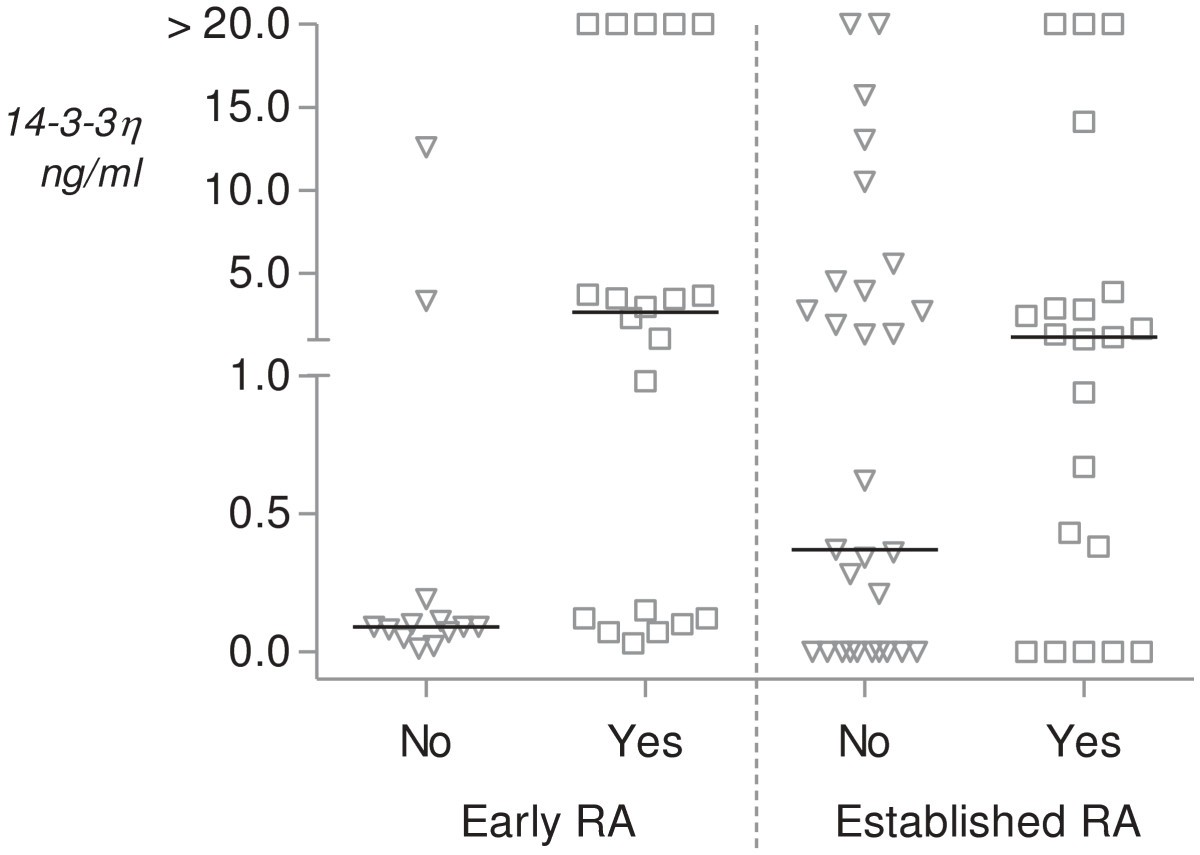Sn Rk 202 14 2002

FALCON 900B, SN 1. The Dassault Falcon 900B is a comfortable three-engine, long-range business jet, with international capabilities, and up to 3,950 nm range. It is known for its excellent handling characteristics and fuel efficiency, as well as its ability to operate from short runways.
Introduction Plants are remarkably responsive to a variety of environmental stimuli, including pathogen attack, wounding, cold, drought reception, and fluctuations in incident light (). Meanwhile, a variety of internal substances also affect plants growth. These external and internal signals compose a complex regulatory network that allows plants to develop in balance. Following the detection of a stress stimulus, various signal transduction pathways are switched on, resulting in physiological changes in the plant cell.
As second messengers, calcium ions play an essential role in many important cellular processes, especially under stress conditions (;; ). In plants, transient changes in calcium content in the cytosol (calcium signatures) have been observed during growth, development and stress conditions (;;; ). Intracellular Ca 2+ signals are produced in plant cells by a variety of stimuli, such as changes in environmental conditions, interaction with microbes, and developmental programs (;;;;;;;;;; ).
Learn how to use masks in ProShow Producer. Walk through an example and learn how to apply masks to your own slideshow to create unique effects. Tags: layer settings, masking, ProShow Producer. ProShow Producer Learn how to combine masking and keyframing to create some unique effects in ProShow Producer. Use these new tools to create your own spectacular effects.  ProShow Producer's masking feature takes your video slideshow productions to the next level. Try ProShow Producer free: Award. Learn how to combine masking and keyframing to create some unique effects in ProShow Producer. Use these new tools to create your own spectacular effects. Download a free trial of ProShow Producer. ProShow Producer 8.0.3648 Full Download Description: ProShow Producer 8 is the latest version of professional video slideshow on your desktop. It is versatile slideshow maker software. Allows you to create stunning and provide hundreds of effects. ProShow Producer contains a lot of options and can use it in a simple way. Using this software.
ProShow Producer's masking feature takes your video slideshow productions to the next level. Try ProShow Producer free: Award. Learn how to combine masking and keyframing to create some unique effects in ProShow Producer. Use these new tools to create your own spectacular effects. Download a free trial of ProShow Producer. ProShow Producer 8.0.3648 Full Download Description: ProShow Producer 8 is the latest version of professional video slideshow on your desktop. It is versatile slideshow maker software. Allows you to create stunning and provide hundreds of effects. ProShow Producer contains a lot of options and can use it in a simple way. Using this software.
Plants have multiple calcium stores, including the apoplast, vacuole, nuclear envelope, endoplasmic reticulum (ER), mitochondria and chloroplasts. Therefore, each stimulus can elicit a characteristic Ca 2+wave by specifically altering the activity of various differentially localized Ca 2+ channels, H/Ca 2+ antiporters, and Ca 2+ and H + ATPases (;;; ). Different calcium sensors recognize specific calcium signatures and transduce them into downstream effects, including altered protein phosphorylation and gene expression patterns (; ). In eukaryotes, calcium-dependent protein kinases (CDPKs) and most sucrose non-fermenting-1-related kinases (SnRKs) are involved in regulating and decoding Ca 2+ signals (;;;;;;; ). The protein kinases also involved in stress signal transduction in plants are common to all eukaryotic organisms and include mitogen-activated protein kinases (MAPKs), glycogen synthase kinase 3 (GSK3), and S6 kinase (S6K). The CDPK-SnRK superfamily consists of seven types of protein kinases, which differ in the regulatory domains they contain ().
CDPKs (also named CPKs) are activated by the binding of calcium to their calmodulin-like regulatory domains. The carboxyl terminal domains of CRKs (CDPK-related kinases) have sequence similarity to the regulatory domains of CPKs but do not bind calcium. PEPRKs (PEP carboxylase kinases) contain only one catalytic domain (). Download microprose magic the gathering 2010 custom installer iso.
PPCKs (PEPC kinases) have a carboxyl-terminal domain that has no similarity to that of any other member of the superfamily (). CCaMKs (calcium- and calmodulin-dependent protein kinases) bind both calcium ions and the calcium/calmodulin complex, whereas CaMKs (calmodulin-dependent protein kinases) bind the calcium/calmodulin complex but not calcium (). In addition, there are the classical SNF1-type kinases from yeast; proposed the name SNF1-related kinase (SnRK) for this group and recognized three subgroups: SnRK1, SnRK2, and SnRK3 (). However, CaMK and CCaMK are absent from Arabidopsis (). All members of the CDPK-SnRK gene superfamily have kinase domains of similar length and sequence and a similar general organization, with the kinase domains at or near the N-terminus, then the junction domains, followed by the regulatory domains (; ). The plant CPKs characterized to date play substantive roles in diverse physiological processes. These processes include tolerance to salt, cold, and drought stress in rice (), the defense response in tobacco (), the accumulation of storage starch and protein in immature seeds of rice (), the regulation and development of nodule number in Medicago truncatula (), and the response to ABA in Arabidopsis () (38).
The original, systematic report on the CPK genes family in Arabidopsis thaliana identified 34 CPK genes family members () and was followed by research in rice ( Oryza sativa) () and wheat ( Triticum aestivum) (). Recently, genome-wide analyses of the CPK gene family have been reported in maize ( Zea mays) () and poplar ( Populus trichocarpa) (). Meanwhile, more and more investigations of CPK genes have also involved horticultural plants, such as alfalfa (), potato (), strawberry (), and tomato (). Furthermore, research using transgenic plants has revealed the biological functions of a few CPK genes in higher plants. Transgenic rice constitutively overexpressing OsCPK7 or OsCPK13 showed enhanced tolerance to cold, salt, and drought stress (; ). In tobacco, CPK-silenced plants displayed a reduced and delayed hypersensitive response to the fungal Avr9 elicitor (). GhCPK1 was the first cotton CPK gene to be identified and was considered to play a role in the calcium signaling events associated with fiber elongation ().